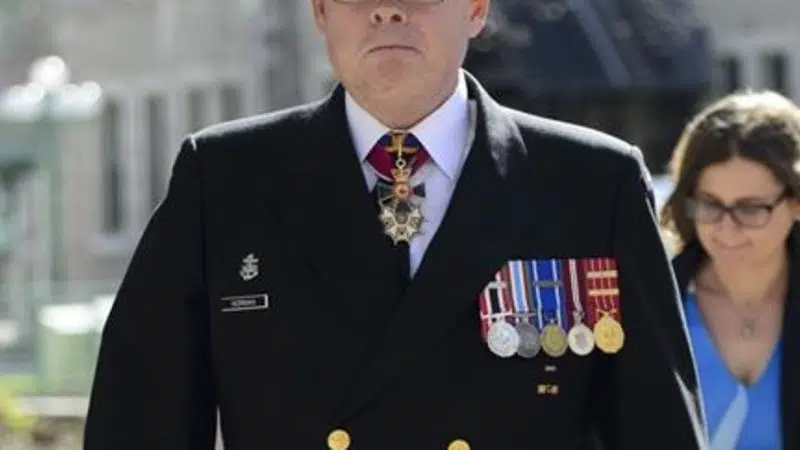
Five lingering questions from the end of Mark Norman’s criminal case
OTTAWA — Now that public prosecutors have decided to stay a breach-of-trust charge against Vice-Admiral Mark Norman, here are five questions Canadians don’t have full answers to:
1) What was the evidence that got Norman’s charge stayed?
The Public Prosecution Service of Canada said it received information in late March from Norman’s legal team that, upon review with the evidence the RCMP provided, led them to believe there was no reasonable prospect of conviction in the case. In court, the Crown said the new information provided greater context about Norman’s conduct and “revealed a number of complexities” prosecutors hadn’t previously known about. Defence lawyer Marie Henein suggested that it’s related to the previous Conservative government’s negotiations of the supply-ship deal with Chantier Davie shipyard.


